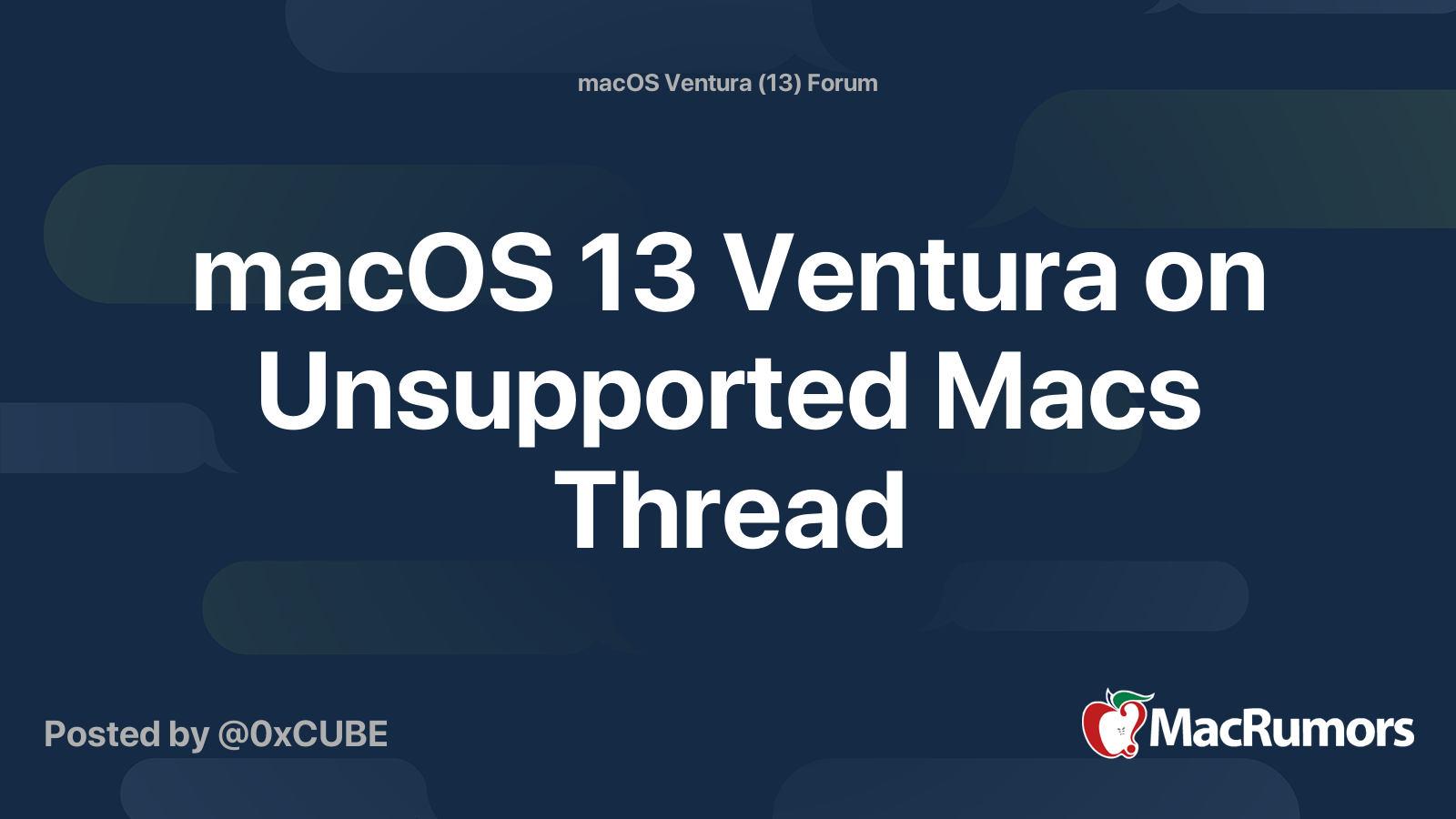I have upated my mac pro 5.1 to Ventura using ocl all good apert from bluetooth My apple keyboard is seen in the settings bluetooth whenI cick connect I get the 6 digit number that I enter on the apple keyboard and press enter, bluetooth settings shows connected but the keyboards greeen light keeps flashing and after a whie the light goes off and blutooth settings says not connected.
any help please ?
thanks
This thread covers manually configured OpenCore that works up to Monterey, is not related with OCLP and also doesn't work with Ventura.
You should ask about Ventura Bluetooth issues with unsupported Macs and how to workaround on the correct thread:

macOS 13 Ventura on Unsupported Macs Thread
This thread will be dedicated to the discussion of running macOS 13.0 on Unsupported Macs Welcome to the new macOS Ventura on Unsupported Macs thread! We're eagerly awaiting for all our community developers and enthusiasts to test out the new version of macOS. Please play it by ear and only...
Last edited:

